One of my Coleus is a Perilla!
Tiffany, purpleinopp Z8b Opp, AL
11 years ago
Featured Answer
Sort by:Oldest
Comments (9)
zen_man
11 years agolast modified: 9 years agoTiffany, purpleinopp Z8b Opp, AL
11 years agoRelated Professionals
Jennings Landscape Architects & Landscape Designers · Burlington Landscape Contractors · Wilmington Landscape Contractors · Bethel Park Landscape Contractors · Desert Hot Springs Landscape Contractors · Essex Landscape Contractors · Laguna Hills Landscape Contractors · Longview Landscape Contractors · Old Saybrook Landscape Contractors · Stony Brook Landscape Contractors · Wayland Landscape Contractors · Winston-Salem Driveway Installation & Maintenance · Fredonia Decks, Patios & Outdoor Enclosures · Port Saint Lucie Decks, Patios & Outdoor Enclosures · Renton Decks, Patios & Outdoor EnclosuresTiffany, purpleinopp Z8b Opp, AL
11 years agocalliope
11 years agolast modified: 9 years agoTiffany, purpleinopp Z8b Opp, AL
11 years agocalliope
11 years agolast modified: 9 years agolinnea56 (zone 5b Chicago)
11 years agolast modified: 9 years agocalliope
11 years agolast modified: 9 years ago
Related Stories

LANDSCAPE DESIGNHow to Incorporate Your Roofing Into the Landscape
Choose hardscape and plantings that work with your roof’s color, texture, shape and line
Full Story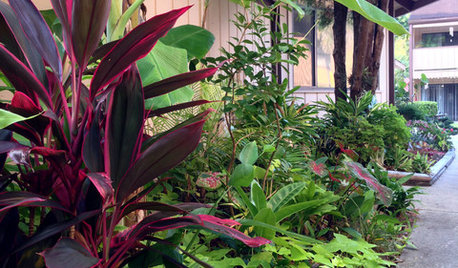
GARDENING GUIDESA Mom, a Garden and a Gift for the Neighbors
Gardening can be therapeutic in unexpected ways. See how one gardener found peace and purpose in a patch of Florida soil
Full Story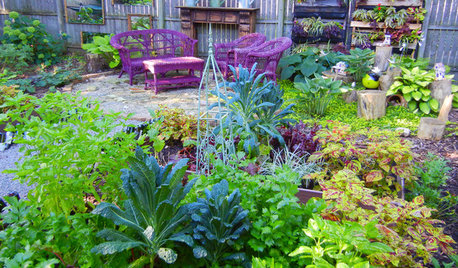
GARDENING GUIDESShades of Vegetable Gardens: Growing Edibles in Less Sun
See how one gardener produces a veritable feast of vegetables and herbs under a canopy of shade
Full Story
LANDSCAPE DESIGNIs Your Garden Minding the Viewing Speed Limit?
Follow these signposts to steer garden viewers toward an experience they can fully appreciate
Full Story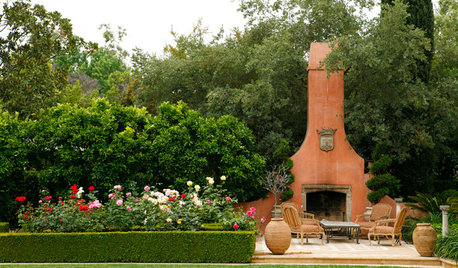
LANDSCAPE DESIGNMake Your Roses Even More Beautiful With These Companion Plants
Nourish your rosebushes and create a visual feast with these 7 classic and unexpected plant pairings
Full Story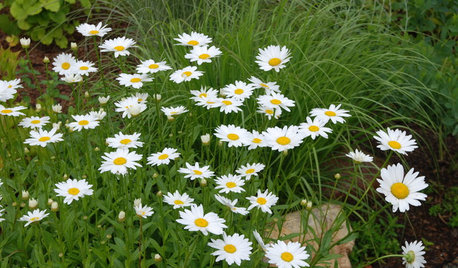
FLOWERSBest Cutting-Garden Beauties for Late Summer
Pick blooms bursting with color or in classic white for bouquets to give away or keep all to yourself
Full Story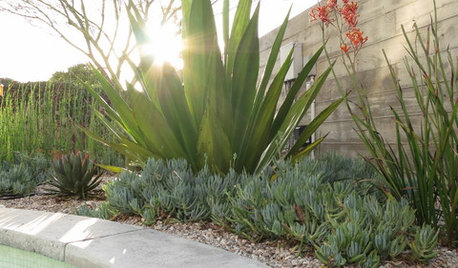
PLANTING IDEASBig Foliage for Small Spaces
Use bold, large-leaved plants to create intriguing contrast in a garden where they’re least expected
Full Story
COLORPurple on the Outside
Are shades of grape, eggplant, lavender and plum the most daring colors for a home’s exterior?
Full Story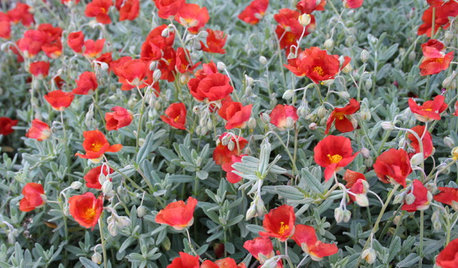
BLUE AND GRAY FOLIAGEThe Underdog Color That Fits Any Garden
Green usually gets all the glory in landscapes, but this surprise garden contender sets off a wide range of blooms to their best advantage
Full Story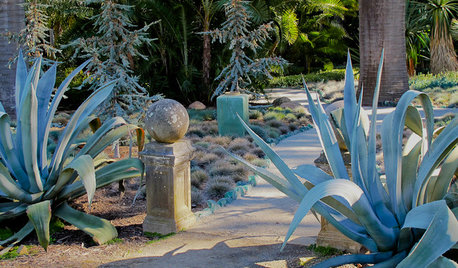
GARDENING GUIDESMonochromatic Garden Magic Done 7 Ways
Discover intriguing ways to use color in your garden by unlocking the secrets of monochromatic design
Full Story





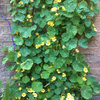


rosemary_ny